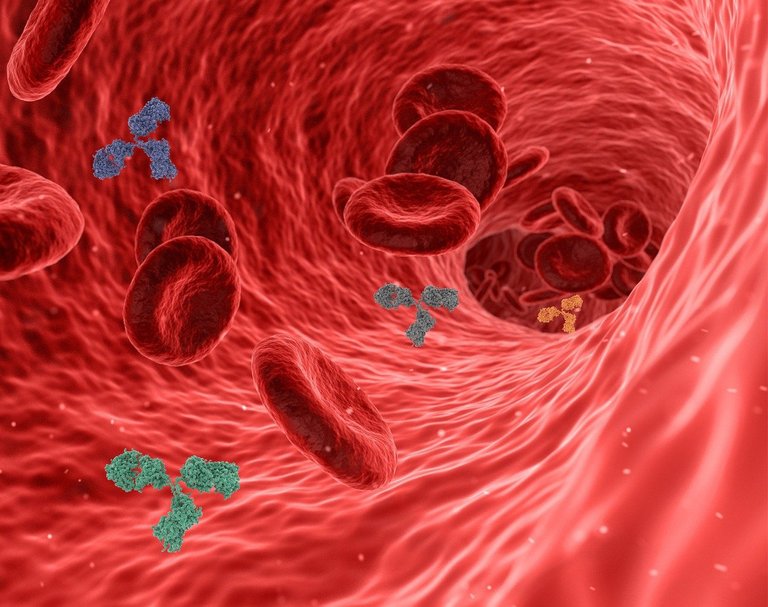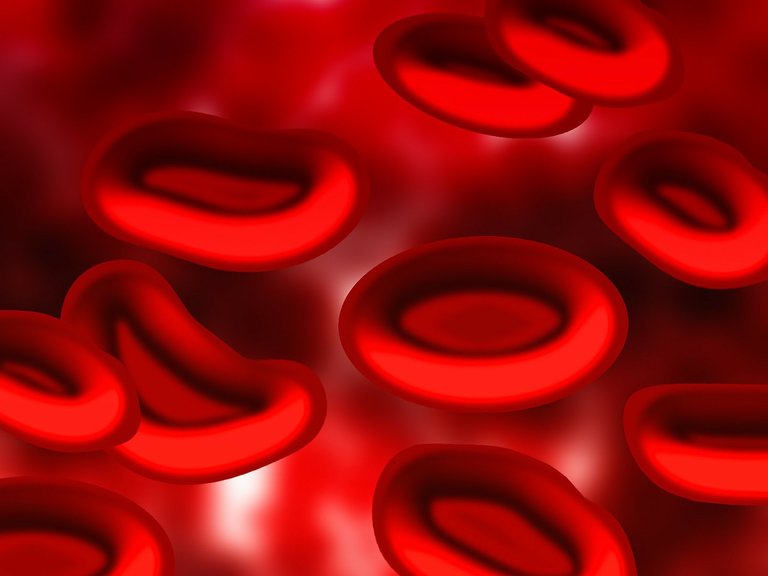Part I: The blood circulation system
Hey there I hope all you community members will be fine, It's my first post in your cooperative @Discovery-it community I hope I can attract your good attention and entertain you well.
How does the end of what we eat and by what means do we find every single part of our body? We take oxygen gas inside the body and extract carbon dioxide from the body. How are these gases absorbed into the blood and how do they move in the body? How does the temperature of other blood animals and warm blood animals differ and why? How do the hormones in the body move from one organ to another? What is blood and how does it bleach? Why does glucose levels in the blood increase or decrease? How does blood glucose levels be maintained? Why does blood pressure rise or fall, etc.

These questions are often thought-provoking or we ask this question to a person and these questions are about our body so it is important that we answer these questions. Let's summarize the answer to these questions. The simplest animals are Protozoa, which move things in and out of the body from their surface. The first migration system developed in Porifera. There are no organisms in the whole body because they are very simple animals. There are two types of holes in them. One is called ostia, from which they carry food, gases and other essential substances through the water to the body and the other becomes a big hole.Is called Osculum. Closed blood circulatory system close circulatory system.

(https://pixabay.com/illustrations/blood-blood-plasma-red-blood-cells-75301/)]
Open circulatory system.
Some scientists say that the closed bloodstream system first developed in animals of Annelida. The closed circulatory system means that the blood flows to each part of the body through the blood vessels, but in the open circulatory system the blood flows from the heart into an empty cavity. Then all the organs absorb the nutrients and other essential substances contained in the blood from this cavity. In this system the blood does not move to all parts of the body. It only accumulates in one cavity. Inside the human body is a close blood circulatory system. Blood inside the human heart always travels down the arteries and returns to the heart through various organs. There are four cells in the heart of the human heart that are called the auricle and two on the lower side, called the ventricle ventricle. Blood in which oxygen gas is present is called oxygenated blood, or in plain English it is called clean blood and blood in which carbon dioxide gas is called carbon dioxide is called deoxygenated blood. The name of the blood, which carries blood from the heart to various parts of the body, is called artery, and the name of the blood that transfers the blood back from all parts of the body to the heart is called vein.
The human close circulatory system is divided into two circuits.
1-Pulmonary circuit pulmonary circuit
2-Systematic Circuit Systematic circuit
When carbon dioxide blood passes from the right ventricle ventricle to the heart through the pulmonary artery, the carbon dioxide is drawn into the blood. And the oxygen gas from the two comes back into the blood, then the blood becomes oxygenated. This whole blood cycle is called a pulmonary circuit.
When oxygenated blood flows from the heart's ventricles through the arteries to all parts of the body (except lungs).It supplies oxygen to all organs and takes oxygen from them, and then the blood becomes deoxygenated again. Now the blood is deposited back through the vein veins into the right artery of the heart. This whole blood cycle is called the systematic circuit.
There are different colors of blood. The red color of the blood is due to hemoglobin, the green color of the blood is due to chlorocurine, the blue color of the blood is due to Haemocyanin. The most expensive blood in the world is the Horseshoe crabs, which cost from one million to fifteen million liters of blood. It contains certain types of blood cells called amoebocytes, and it destroys the bacteria secreted by other carotenes. This is why the horseshoe crab is used in blood technology.
I hope you enjoyed and my little effort will increase your knowledge. If you like my content kindly upvote me it will increase my confidence on this platform.
Thanks for being here on my post.
!discovery 30 good scientist content
This post was shared and voted inside the discord by the curators team of discovery-it
Join our community! hive-193212
Discovery-it is also a Witness, vote for us here
Delegate to us for passive income. Check our 80% fee-back Program
Congratulations @nadirali! You have completed the following achievement on the Hive blockchain and have been rewarded with new badge(s) :
Your next target is to reach 500 upvotes.
You can view your badges on your board and compare yourself to others in the Ranking
If you no longer want to receive notifications, reply to this comment with the word
STOPCheck out the last post from @hivebuzz: